
A protoplanetary disk (artist’s impression) comprises dust and gas circling a young star. Such disks serve as nurseries for planets. Credit: M. Kornmesser/ESO/SPL
Astronomy and astrophysics
Selections from the scientific literature by Nature's news team

A protoplanetary disk (artist’s impression) comprises dust and gas circling a young star. Such disks serve as nurseries for planets. Credit: M. Kornmesser/ESO/SPL
Astronomy and astrophysics

A glucagon-like peptide-1 receptor (blue, illustration) is bound by molecules of an anti-obesity drug (red). A tool predicts molecules that will bind this receptor and another involved in obesity. Credit: Juan Gaertner/SPL

Sea urchins in the genus Diadema (pictured, Diadema setosum) in the Red Sea and Western Indian Ocean have been dying from a waterborne pathogen. Credit: Getty
Conservation biology

A replica of ancient Mycenean armor. Credit: A. Flouris et al./PLoS One (CC-BY 4.0)

A gel taken orally dampens the effects of alcohol intoxication, according to animal experiments. Credit: Getty
Nanoscience and technology

Analysis of more than 40,000 university application essays found that gradual transitions between chunks of text correlated with higher marks. Credit: Dusan Stankovic/Getty

The blood–brain barrier is comprised of cells lining the blood vessels (artificially coloured) that supply the brain. Credit: Samunella/SPL

Hills blaze in Cameroon. Fires are becoming increasingly frequent in moist tropical forests of West and Central Africa. Credit: Jan Mastnik/Shutterstock
Climate sciences
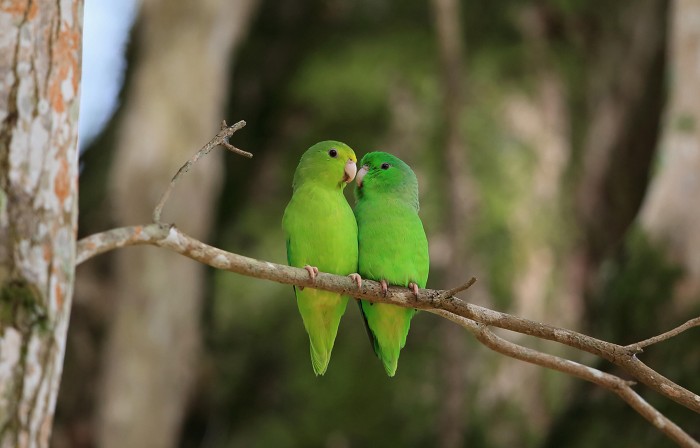
Bonded pairs of green-rumped parrotlets can resort to killing rivals’ chicks. Credit: Alamy
Animal behaviour
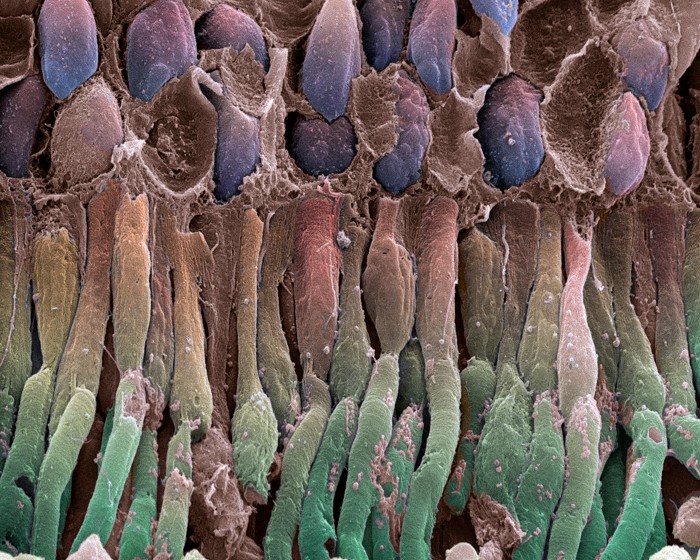
The light-absorbing rods and cones in the retina (artificially coloured) deteriorate in people with Leber’s congenital amaurosis. Credit: Science Photo Library
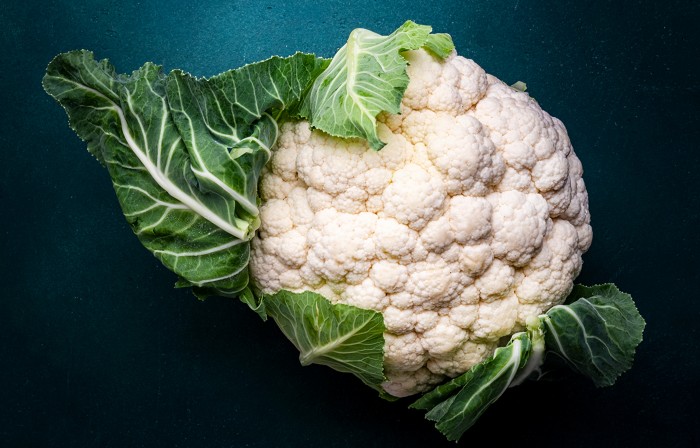
Scientists have identified three genes that helped the modern cauliflower to evolve from its broccoli progenitors. Credit: Getty

Electric-vehicle batteries can still be useful, even after retirement. Credit: STR/AFP/Getty
Renewable energy

An exoplanet (artist’s illustration) that’s home to living organisms might not look green. Credit: Mark Garlick/SPL
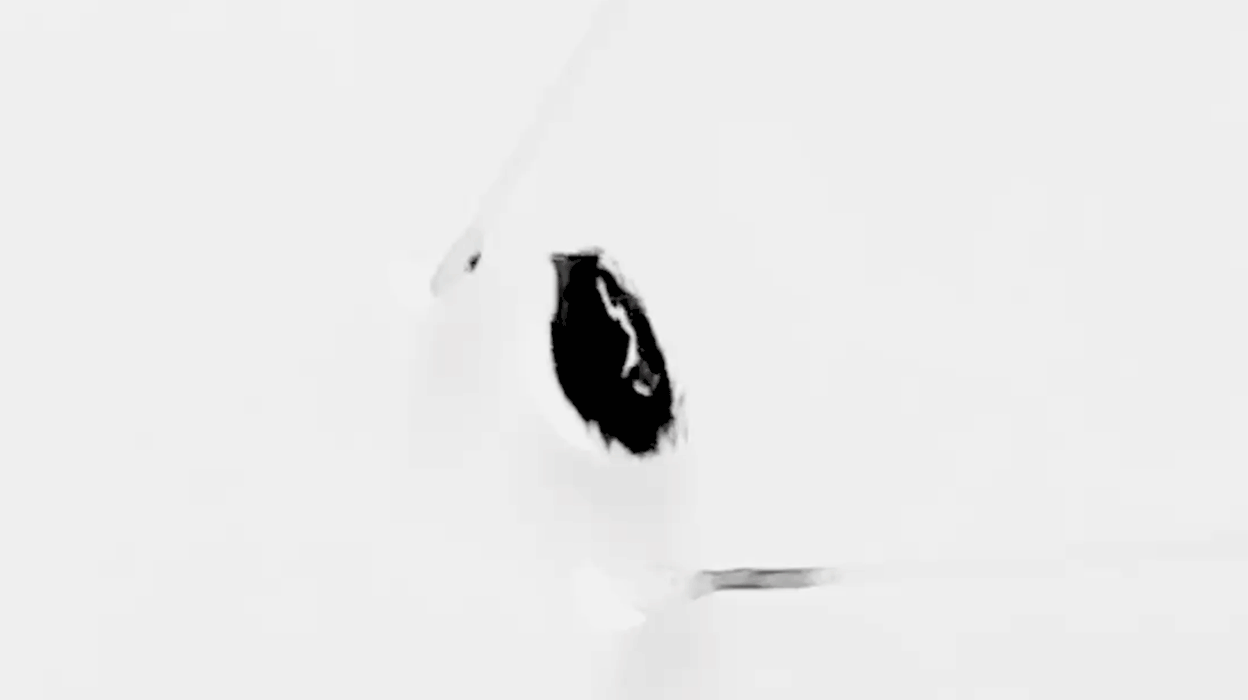
A droplet of a magnetic fluid responds to a rotating external magnetic field. Credit: X. Zhao et al./Nat. Mater.
Materials science

Smaller declines in well-being during the COVID-19 pandemic were reported by people who were already socially isolated before lockdowns started. Credit: Getty
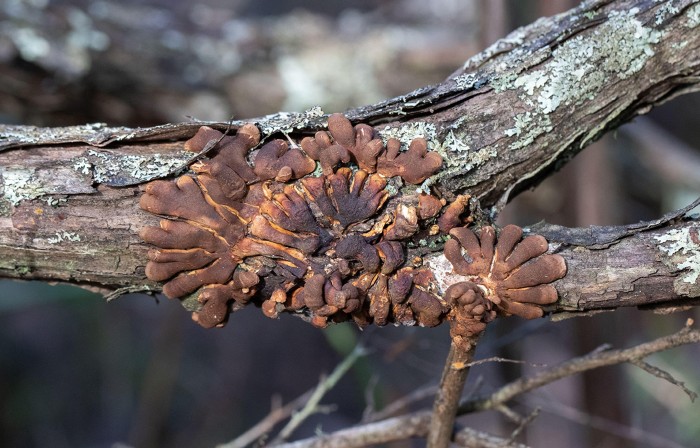
There are fewer than 100 known specimens of the critically endangered tea-tree fingers fungus, which grows at six sites in Australia. Credit: Alamy
Conservation biology
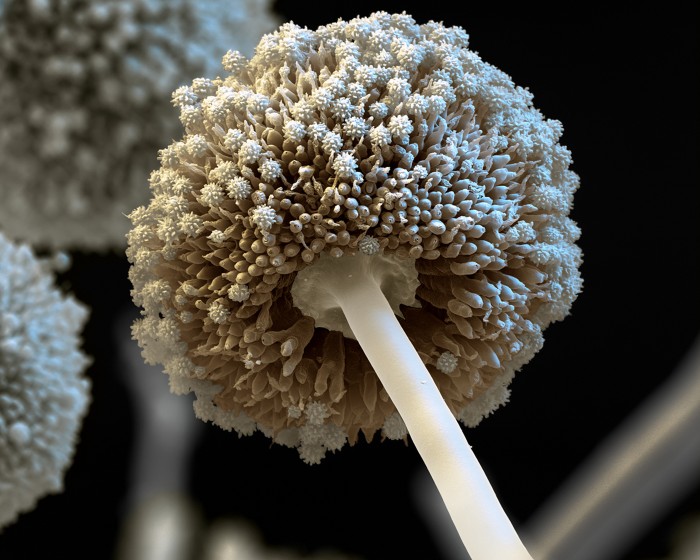
The fruiting body of Aspergillus niger (artificially coloured), a fungus that can mop up contaminants in tainted soil. Credit: Eye Of Science/SPL

An inventory lists the aviation emissions of all 197 nations that are signatories to the UN Framework Convention on Climate Change. Credit: Getty

The now-extinct salmon species Oncorhynchus rastrosus had ‘tusks’ protruding from its snout (right top and bottom, artist’s illustration; top left, scan of skull with illustration of the originally proposed position of the teeth; bottom left, skull). Credit: K. M. Claeson et al./PLoS One (CC-BY 4.0)
Palaeontology
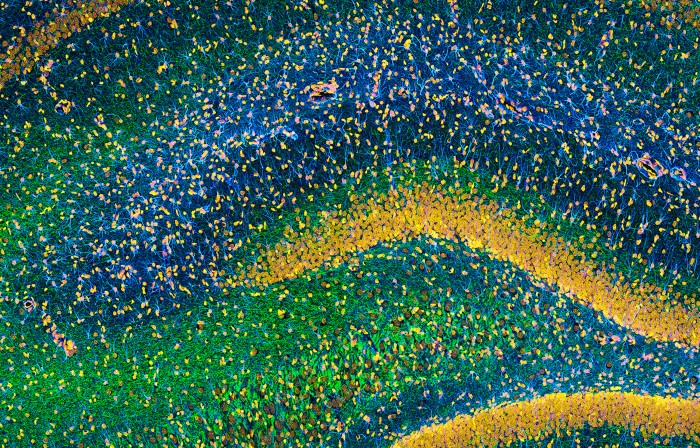
Among the genes that cause post-traumatic stress disorder are some that affect brain neurons (pictured, artificially coloured). Credit: Thomas Deerinck, NCMIR/SPL